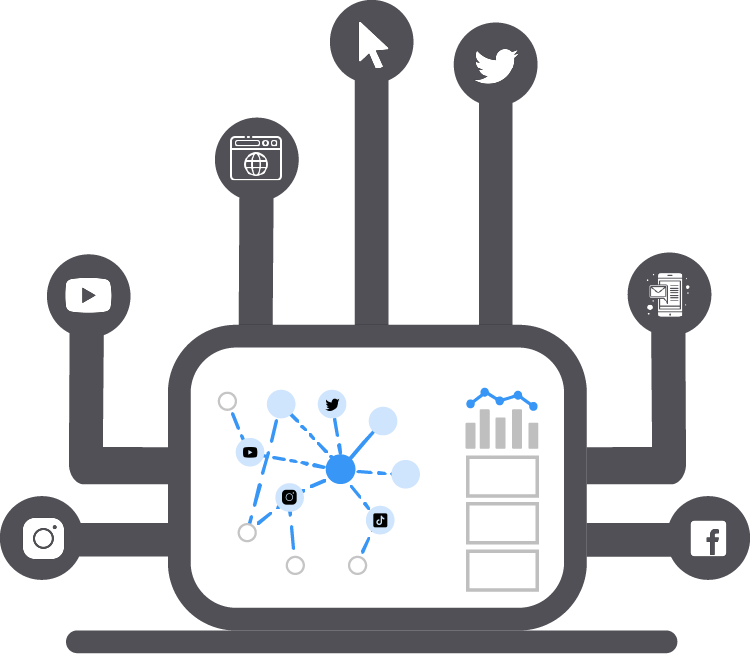Maximizing Customer Retention with Causal AI
Retention Optimization: State of Play
The last two years have thrown the digital customer experience into the spotlight. From e-commerce to telecommunications, banking, and the latest subscription-based fitness company, the COVID-19 pandemic has forced everyone to take a hard look at the way their customers engage with their brand. As consumer expectations have changed, customer churn has become a core challenge in the digital world.
However, if marketing leadership is asking why customers churning? They may not be looking at the challenge from the right perspective. Instead, we suggest they ask: Who are the customers that are more likely to stay, and how can we find or foster more of them?
Customer retention is nothing new, but it has always been an area savvy marketers and marketing leaders have looked to for incremental but meaningful optimizations that lead to increased revenue and the maximization of marketing budgets.
A 5% increase in retention can increase profits 25-95%
Two avenues for customer retention strategies
Today, many companies, especially new digital-first businesses, look at retention on a semi-regular basis, when someone asks, or when there is a reaction needed due to changes in the market. These forms of retention center around the customer experience and having a playbook on how to minimize churn at certain situations that arise during the customer lifecycle.
The former is what we would call Proactive Retention. Planning ahead to make sure that everything from UX to communications is aligned best to retain your new and existing customers.
The latter we call Reactive Retention. Understanding what can be done to retain a given customer based on what we know about them and what we think will impact their decision to stay or leave.
The common requirements for success in proactive and reactive retention are:
- An understanding of what factors impact retention – sentiment, interactions, support calls, payment methods, monthly activity stats, etc – for both individuals and segments
- The ability to identify groups of customers that are most likely to remain.
- Planning which treatments are most suitable while understanding the impact of the associated costs – i.e. impact on revenue dilution.
Marketing Retention with Causal AI
Human-aided Causal Discovery
With humans-in-the-loop, domain knowledge isn’t left off the table. Marketers can interact with a visual representation of the model’s causal graph to see which factors affect their target KPI(s) in which ways, and actively add in the constraints and nuances of your domain and the world your customers live in.
Transparent and explainable AI
Mapping the causal drivers of your domain also enables you to get explanations for recommendations and current retention rates.
Traditional ML solutions for retention struggle to avoid biases like age or gender. Get an easy-to-understand readout of potential model bias.
Proactive Retention
Understanding what causes a renewal or a customer to stay, is not necessarily intuitive. Remember most marketers are thinking about how to prevent churn, not why a customer stays.
Causal AI enables the discovery of the causal drivers of retention. Giving you an accurate picture of how the various drivers (factors) are impacting a customer’s decision to stay.
Reactive Retention
Using a causal model of retention we are also able to get a clear picture of what types of treatments will be effective in generating a positive effect in the moment eg. in an inbound call or online chat conversation.
Teams are able to see exactly what treatments can
be used and the information needed to make a decision that
is personalized and effective.
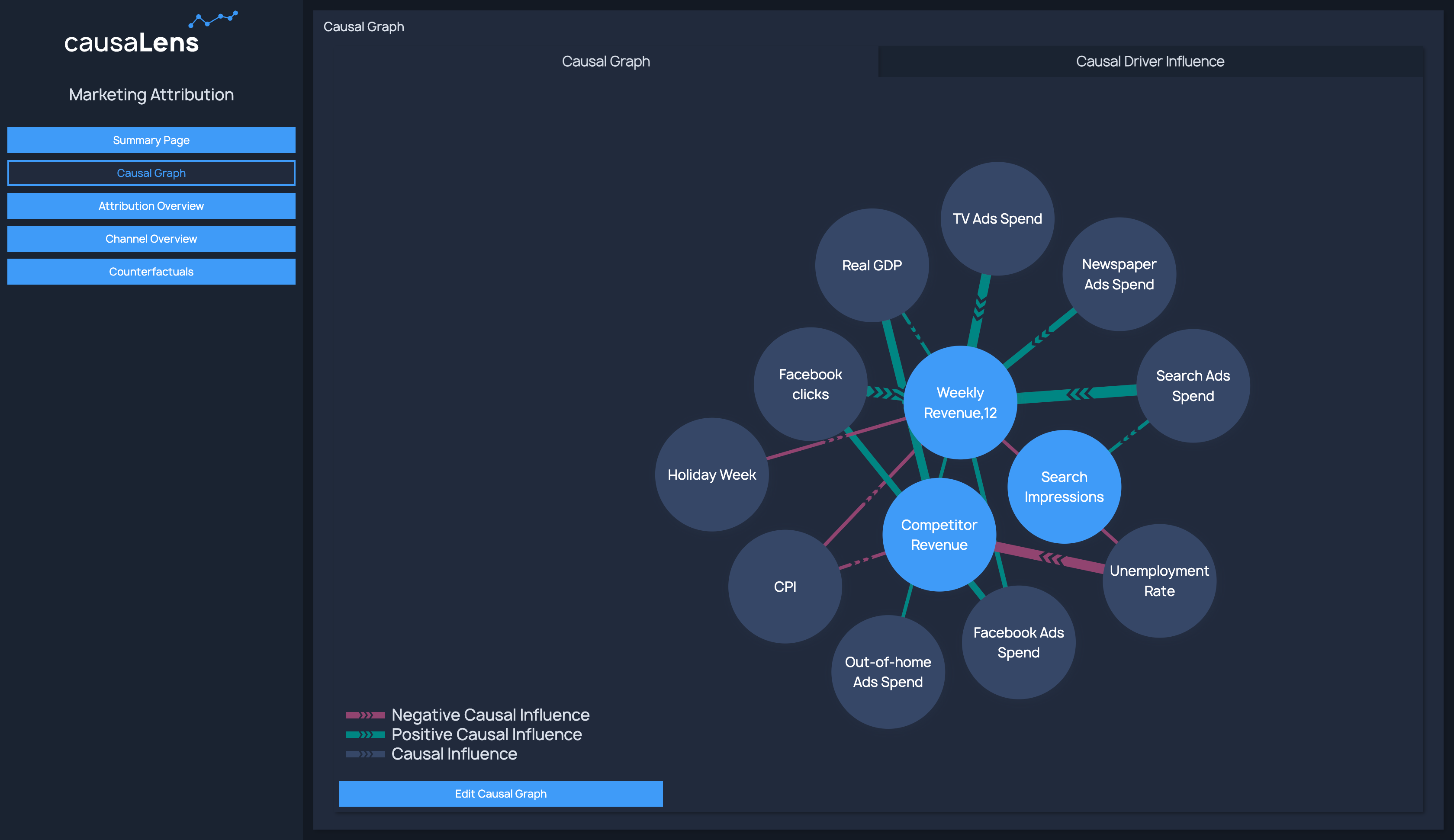
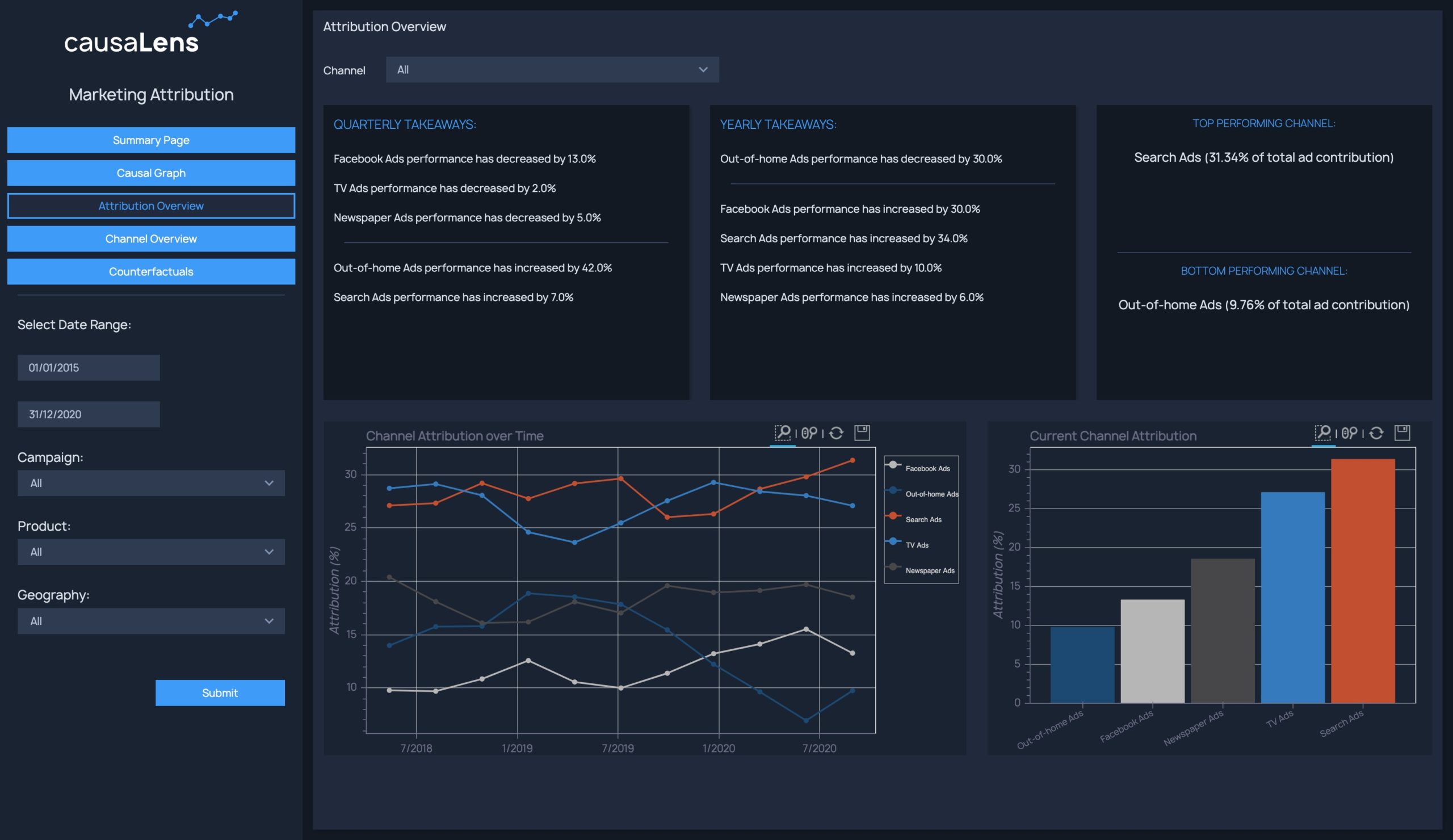
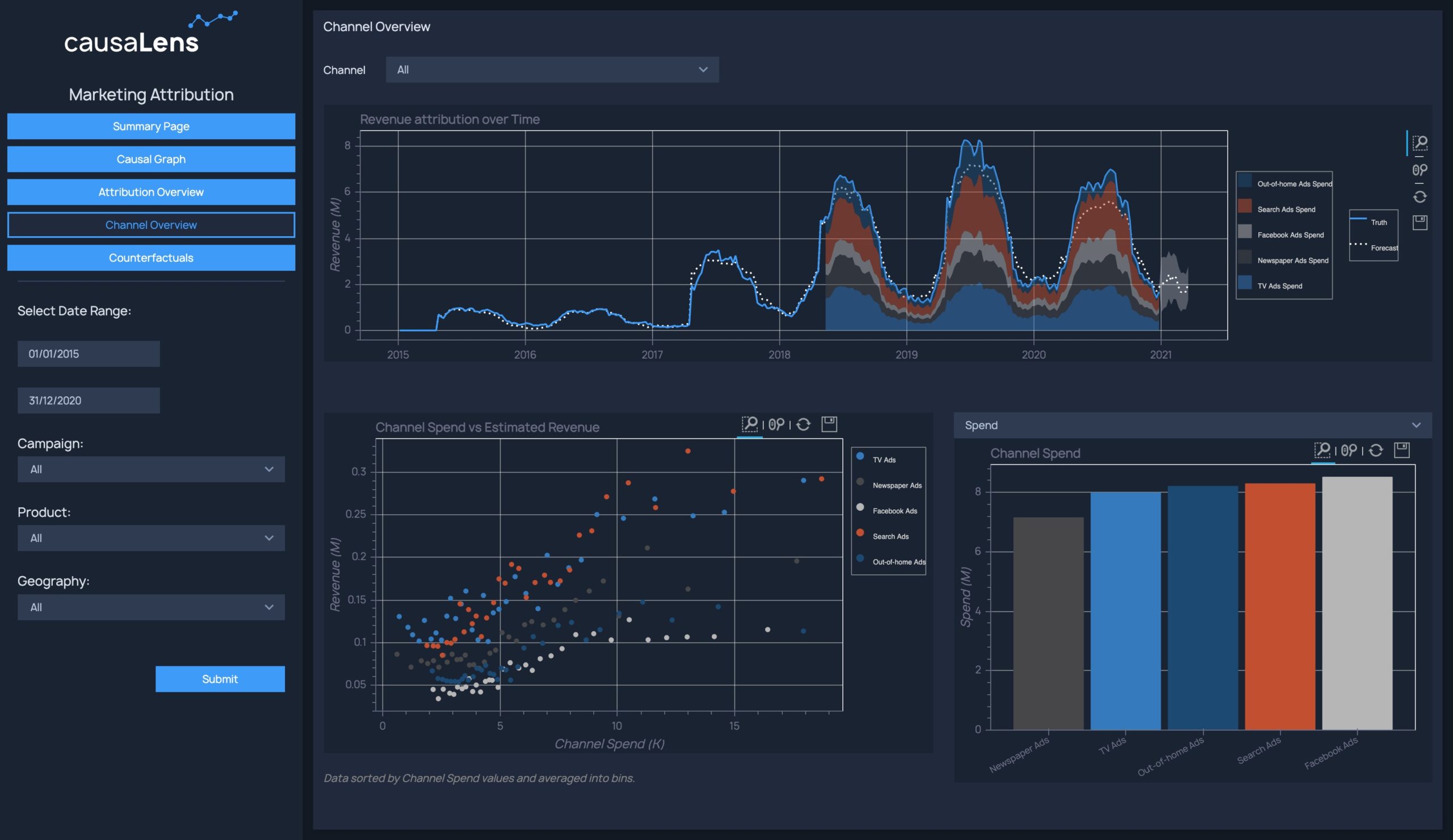
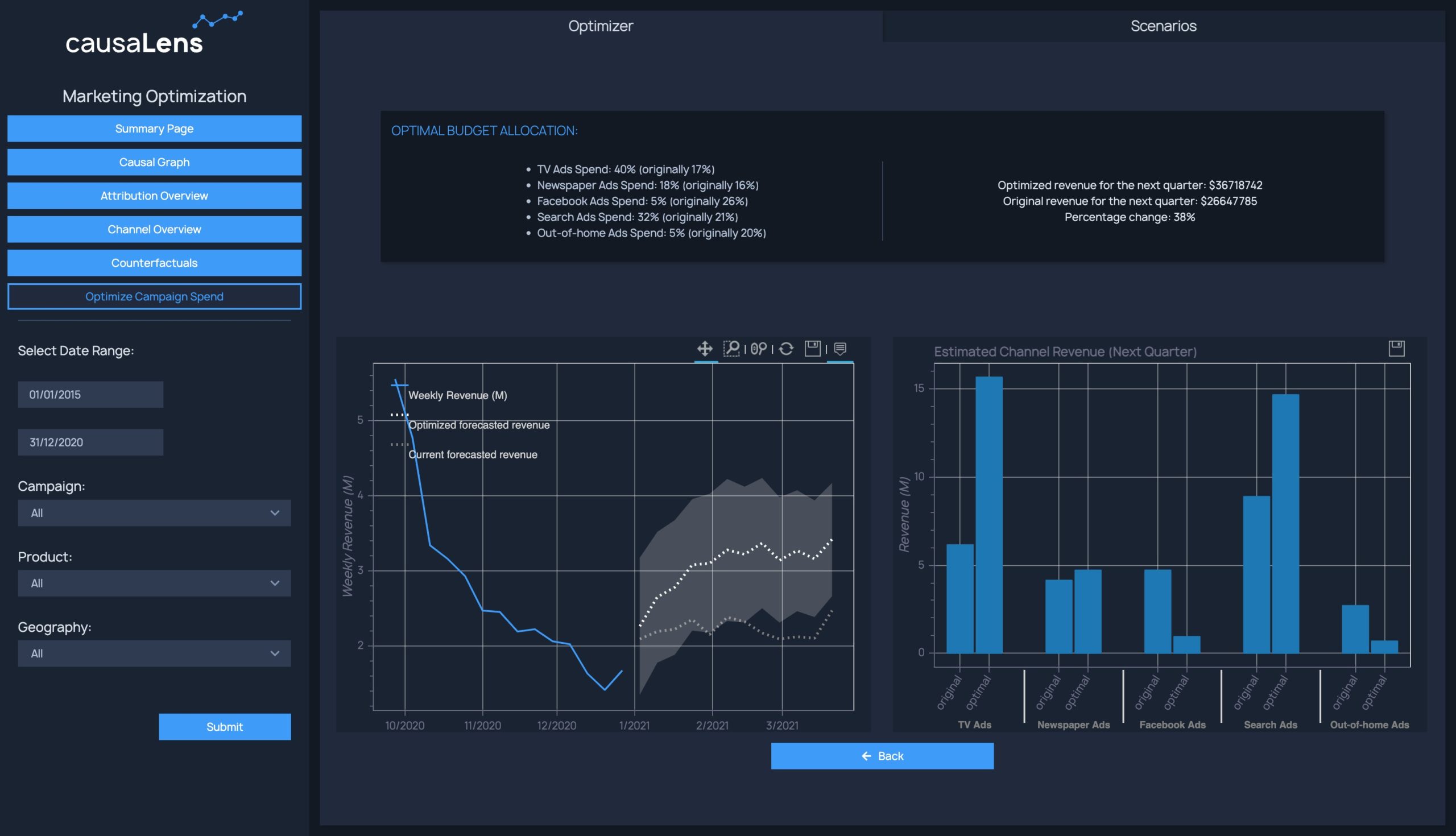
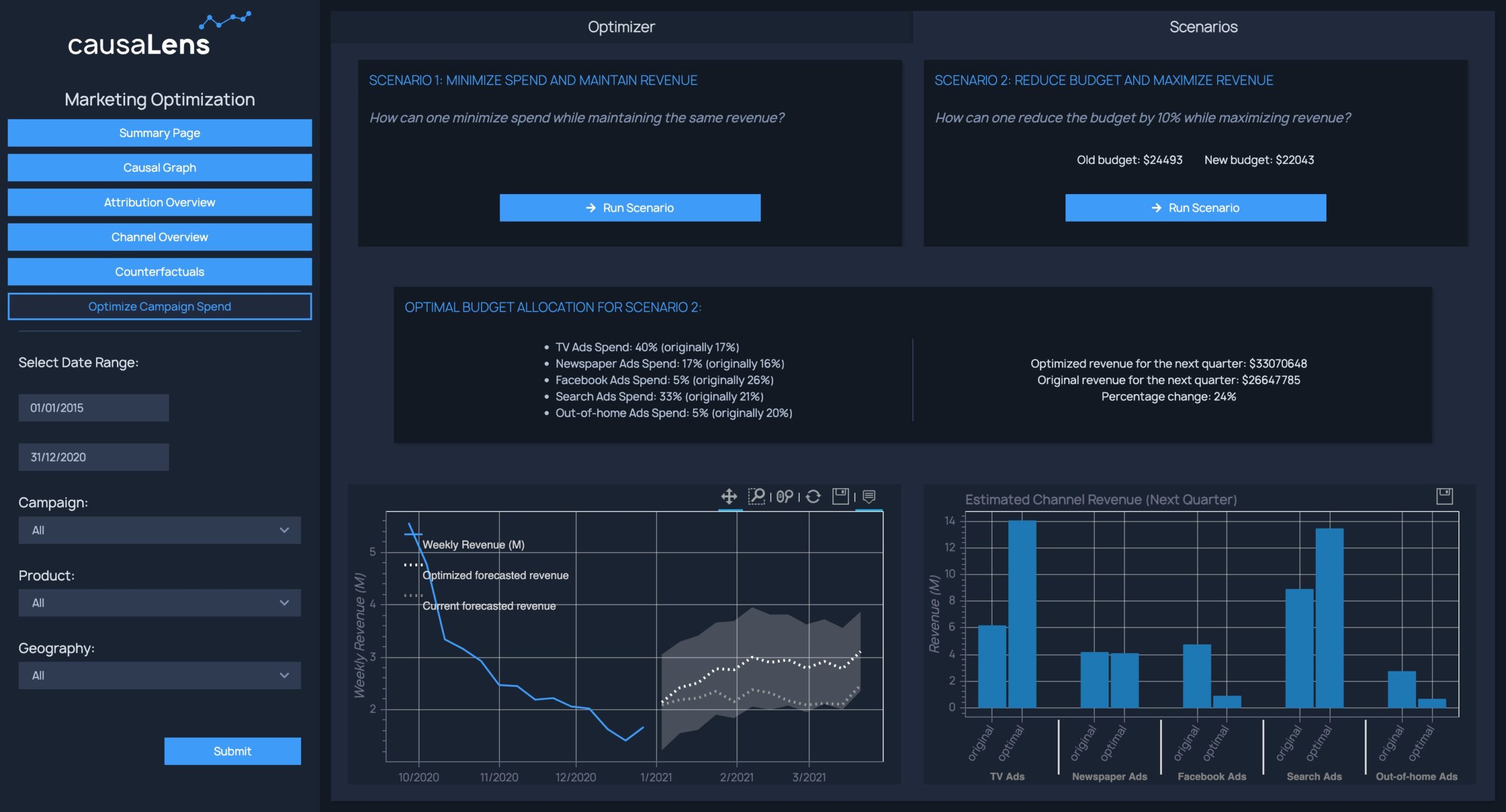
This use case powered by Causal AI goes beyond ML predictions that traditional churn models produce. Causal AI identifies the true drivers of retention: it is uniquely capable
of recommending a set of treatments and suggest optimal allocations of resources and budgets to increase retention, based on business goals and KPIs.
We’ve integrated world-class Causal AI capabilities into our Retention Optimization Decision App. This draws on next-generation explainability, machine imagination, and intervention design. Our partners working on the ground within marketing teams have seen a 4-9% increase in retention above standard machine learning-based churn prevention models with triple-digit ROI results. We’ve rewritten the customer retention playbook.
Proactive Retention
Scenario testing on segments or based on macro market changes
Receive recommendations for interventions to optimally allocate resources and budgets to increase retention.
The app can also be used to ask counterfactual questions, like ‘what would happen if unemployment were to increase by 4%?’. It can respond to these questions either by showing the estimated change to specific KPI(s) under those circumstances – and how it relates to business outcomes – or by finding changes to the controllable drivers that might produce that result.
Custom Causal Model
Understanding causal drivers of churn to optimize retention
Causal models are at the heart of Causal AI. A causal model maps out all the qualitative cause-and-effect relationships in a system, combined with quantitative information about the strengths of those relationships.
With humans-in-the-loop, domain knowledge isn’t left off the table. Marketers can interact with a visual representation of the model’s causal graph to see which factors affect their target KPI(s) in which ways, and actively add in the constraints and nuances of your domain and the world your customers live in.
Reactive Retention
Treatment optimizations to increase retention
Having a playbook for treatments available to engage with a customer that is potentially going to churn is great. Knowing which treatment is going to have the greatest impact on keeping them, based on who the customer is and what situation they find themselves in is even better. Walk through multiple extreme scenarios, such as economic crashes or further lockdowns,
to see how the model responds to them. Alternatively, tweak a number of variables to create a custom scenario and investigate how target KPIs would be affected
